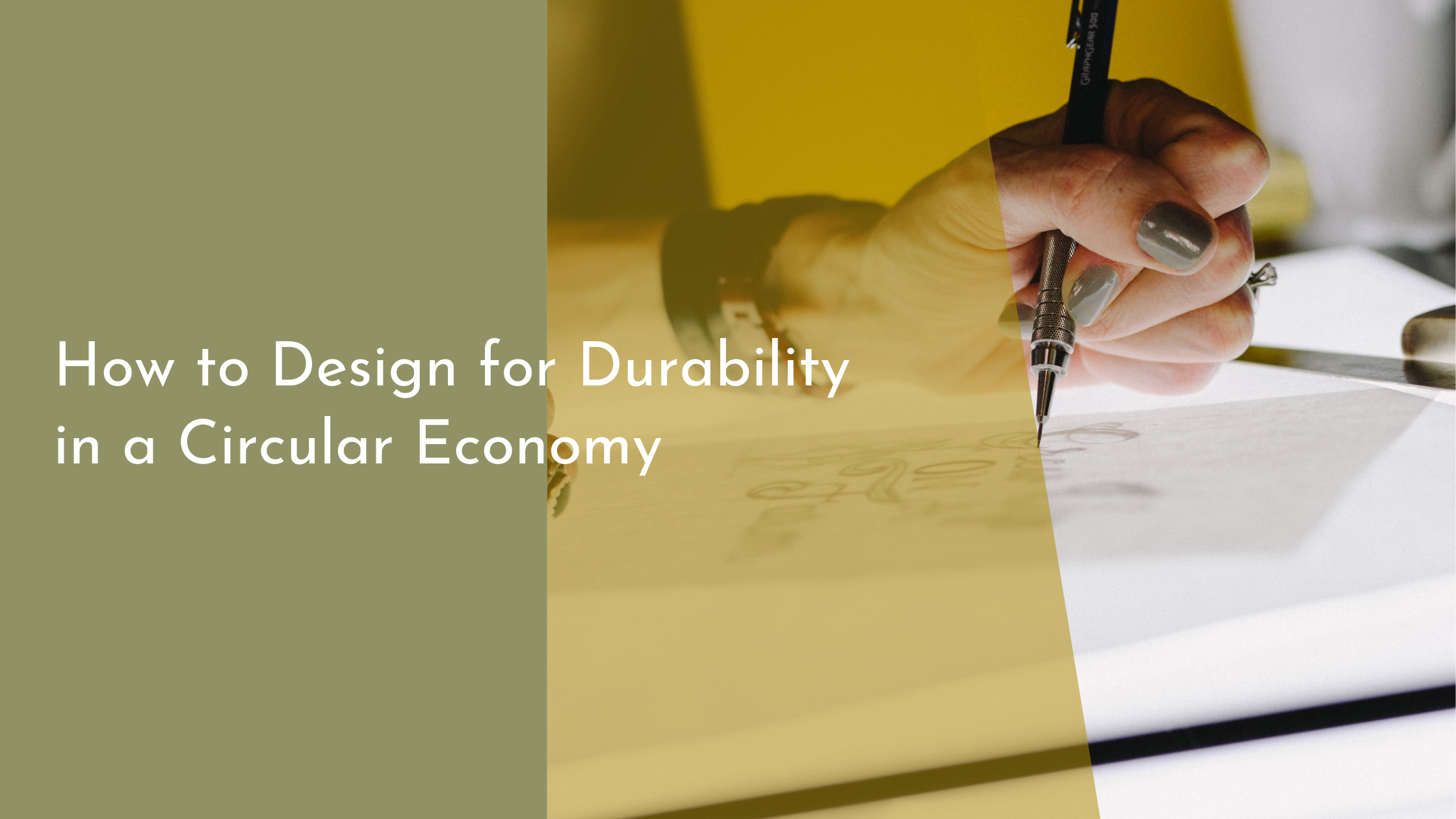How to Design for Durability in a Circular Economy
Designing for durability within a circular economy is a pivotal strategy to ensure sustainable consumption and reduce environmental impact. As the world becomes increasingly aware of the finite nature of resources, businesses and designers are shifting towards models that prioritize resource efficiency, waste minimization, and product longevity. Within this framework, understanding the principles of a circular economy, selecting robust materials, employing innovative design techniques, and adopting sustainable practices for product lifecycle management are all crucial. This article will delve into these aspects, offering insights into how durability can be effectively integrated into product design.
Understanding the Basics of Circular Economy
The circular economy is a transformative concept that reimagines traditional linear economic models based on a take-make-dispose approach. Instead, it prioritizes resource efficiency by designing products that cycle through various stages of use and reuse, thereby minimizing waste. At its core, a circular economy encourages the continuous use of resources, where products, materials, and components are kept within the economy for as long as possible. This approach not only helps conserve natural resources but also reduces environmental pollution and promotes sustainable growth.
For designers, understanding the circular economy means embracing principles such as reduction, reuse, and recycling in their design processes. It’s about designing products with a lifecycle perspective, ensuring that they can be easily repaired, refurbished, or recycled. By focusing on the entire lifecycle of products, from material selection to end-of-life management, designers can contribute to a more sustainable future. This holistic approach requires collaboration across various industries and sectors to establish systems that support circularity and durability.
Selecting Materials for Long-Lasting Products
Choosing the right materials is fundamental to designing durable products within a circular economy. High-quality, sustainable materials that can withstand wear and tear over time are essential for creating products with extended lifespans. Materials such as stainless steel, recycled plastics, or responsibly sourced wood are often preferred for their durability and lower environmental footprint. Selecting materials that are easy to repair or recycle can also enhance a product’s sustainability and circularity.
In addition to durability, materials should be chosen for their ability to be cycled through multiple lifetimes without losing their integrity. This includes considering the ease of disassembly and separation of materials for recycling. By prioritizing materials that support longevity and recyclability, designers can help reduce waste and resource consumption, thereby aligning with the core principles of the circular economy.
Innovative Design Techniques for Durability
Design innovation is at the heart of creating durable products that fit seamlessly into a circular economy. One effective technique is modular design, which allows products to be easily disassembled for repair, upgrade, or recycling. By designing products with interchangeable parts, designers can extend the useful life of a product while reducing waste. This approach not only supports individual product longevity but also enhances overall system efficiency.
Additionally, incorporating timeless aesthetics and functional designs that do not easily become obsolete can significantly contribute to product durability. By focusing on classic design elements and functionality, products can remain appealing and useful to consumers for longer periods. This strategy not only reduces the demand for new resources but also fosters a mindset of longevity over disposability, which is crucial in a circular economy.
Sustainable Practices for Product Lifecycle Management
Effective product lifecycle management is essential for promoting durability within a circular economy. This involves implementing strategies that optimize each phase of a product’s life, from design and production to use and end-of-life. By adopting practices such as predictive maintenance and offering repair services, companies can ensure that products remain in use for as long as possible. These efforts help reduce waste and improve resource efficiency, aligning with circular economy goals.
Moreover, engaging consumers through education and incentives to return products for refurbishment or recycling is a vital part of sustainable lifecycle management. Companies can establish take-back schemes or provide customers with incentives for returning end-of-life products, ensuring materials are recaptured and reused. This not only supports circularity but also encourages consumer participation in sustainable practices, further strengthening the impact of durability-focused design.
Incorporating durability into design within a circular economy framework is not just a possibility—it is a necessity. By understanding the principles of the circular economy, selecting durable materials, employing innovative design techniques, and implementing sustainable lifecycle practices, designers can significantly contribute to a more sustainable future. As consumers and businesses continue to adopt circular principles, the shift towards durable product design will play a critical role in resource conservation and sustainable development. With a cheerful commitment to these practices, the potential for positive environmental impact can be tremendously amplified, paving the way for a more resilient and eco-friendly world.

